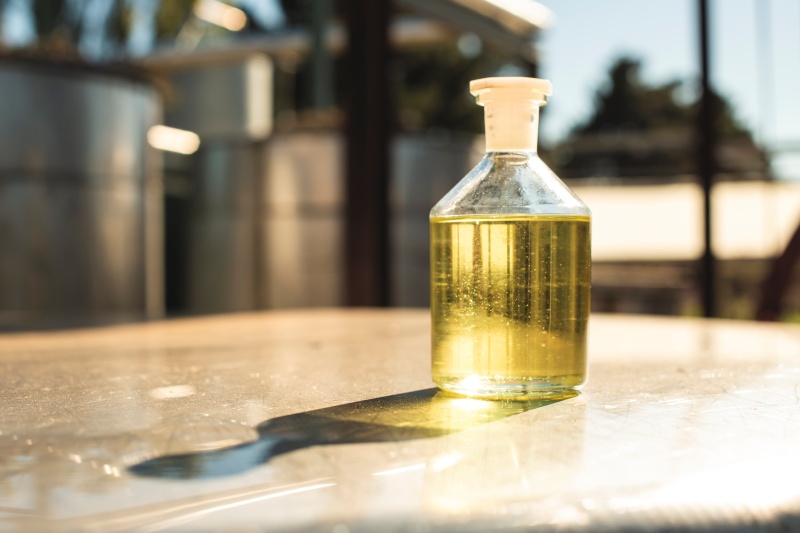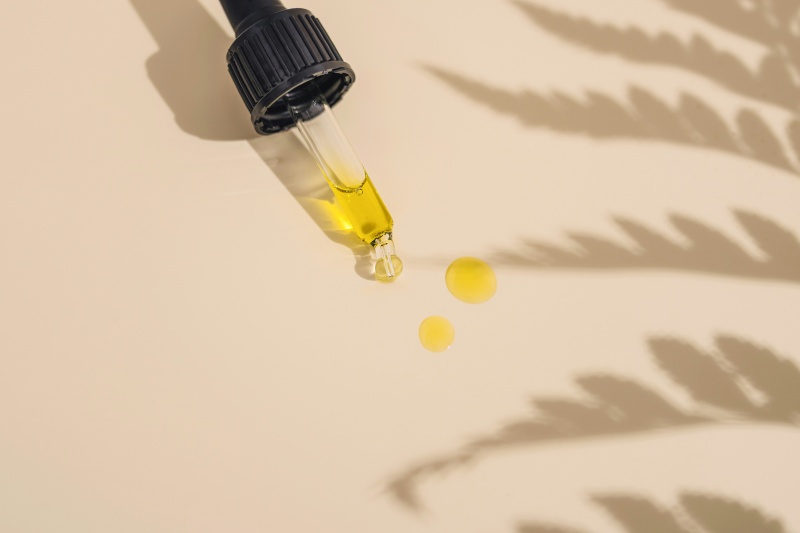In recent years, the essential oil market has witnessed a surge in demand for mānuka oil. This essential oil, derived from the leaves of the mānuka tree (Leptospermum scoparium), has gained a reputation for its therapeutic properties and versatility. However, one aspect that often perplexes consumers is its high price tag.
In this article, delve into the intriguing reasons behind why mānuka oil is so expensive (and why it’s worth the price).
The Origins of Mānuka Oil
Mānuka oil is a unique essential oil originating from the mānuka tree, primarily found in New Zealand and parts of Australia. The oil is extracted from the leaves of the remarkable mānuka tree, through the process of steam distillation from the leaves and delicate branchlets of the mānuka shrub.
Global Mānuka Oil Market Overview
The current outlook of the mānuka essential oil market is positive, driven by increasing consumer awareness of the oil’s properties and its rising popularity in the cosmetics and personal care industry. The demand for natural and organic products is also contributing to the growth of this market. Additionally, the growing preference for sustainable and environmentally-friendly ingredients further fuel the market expansion.
By the year 2022, the global essential oil market is projected to attain a substantial valuation of US$11.19 billion, with a significant contribution expected from New Zealand’s burgeoning sector specializing in mānuka oil-based cosmetic and medical products.
Situated in the East Cape of New Zealand, a region renowned for being the first in the world to witness the dawn of each day, an intriguing natural phenomenon unfolds. Owing to the higher ultraviolet (UV) radiation levels experienced in New Zealand compared to any other location globally, the indigenous flora and fauna of the East Cape have evolved to produce increased quantities of various protective compounds often referred to as “sunscreen chemicals.” Among these compounds are polyphenols found in the blossoms of the mānuka plant and beta-triketones present in mānuka oil. Consequently, the mānuka oil produced in New Zealand’s East Cape stands out as the global pinnacle of mānuka oil quality.
Grower Returns for Mānuka Oil
The yield of mānuka oil from the weight of harvested branches is low, amounting to a mere 1%.
According to Tupu NZ, foliage derived from regions such as the North Island’s East Coast, Coromandel, and Great Barrier Island in New Zealand has the potential to yield approximately 3 to 5 litres of mānuka oil per tonne of foliage. In the wholesale market, mānuka oil typically commands prices ranging from $500 to $600 per kilogram, while the production costs for this oil typically fall within the range of $400 to $450 per kilogram. It is important to note that these figures can vary significantly based on factors such as the specific properties of the oil and the associated harvesting costs.
Why Is Mānuka Oil So Expensive?

1. Mānuka oil is expensive because it has multifaceted properties (compared to other essential oils).
It contains a variety of compounds, including beta-triketones and leptospermone, known for their potent antibacterial, antimicrobial, anti-inflammatory, antifungal, and antiseptic properties.
2. Mānuka oil is expensive because it’s rare.
Mānuka trees have a limited geographic distribution and are only produced in certain regions of New Zealand and Australia. They thrive in specific regions with the right climate and soil conditions. Mānuka plants only bloom between 6-8 weeks per year, the distillation process is peculiar only to mānuka and all of the impurities have to be purged.
3. Mānuka oil is expensive because of its labour-intensive harvesting process.
The process of extracting mānuka oil is labour-intensive. Unlike some essential oils that can be mechanically extracted, mānuka oil extraction requires careful and manual labour.
To obtain high-quality mānuka oil, distillation is a time-consuming process. It demands patience and expertise to ensure that the oil’s therapeutic properties are preserved.
Historically, the majority of New Zealand’s mānuka oil production stemmed from the wild harvesting of mānuka plants, particularly on the rugged and challenging terrain of the East Cape. Local community harvesting teams, equipped with brush cutters, painstakingly collected fresh branches while ensuring the bushes remained viable for regrowth, thus preserving this invaluable resource for future years. However, as demand for mānuka oil has surged, we are witnessing a transition towards mānuka plantations supplanting traditional farmland in the vicinity.
Mānuka Oil Hailed as “The Liquid Gold”

The effectiveness of mānuka oil against gram-positive bacteria, as demonstrated by research from the Cawthron Institute of New Zealand, is indeed remarkable. According to their findings, mānuka oil has been proven to be 20-30 times more effective against gram-positive bacteria such as Staphylococcus aureus (staph) and Streptococcus pyogenes (strep) when compared to Australian tea tree oil.
This discovery is significant for several reasons:
- Superior Antibacterial Properties: The potency of mānuka oil in combating gram-positive bacteria sets it apart in the world of essential oils. Its effectiveness can be attributed to its unique chemical composition, which includes compounds like beta-triketones and leptospermone, known for their powerful antibacterial properties.
- Comparison with Tea Tree Oil: Australian tea tree oil has gained widespread popularity, especially in skincare products, for its effectiveness against various skin issues, including acne. However, the Cawthron Institute’s research highlights that mānuka oil surpasses tea tree oil in its efficacy against certain bacteria, making it an attractive alternative for skincare and medicinal applications.
- Market Disparities: Despite mānuka oil’s exceptional antibacterial properties, the production volume in New Zealand is considerably lower than that of Australian tea tree oil. While Australia produces around 800 tonnes of tea tree oil annually, New Zealand’s mānuka oil production is presently limited to less than 10 tons. This significant disparity in production volumes underscores the untapped potential of mānuka oil.
Given its proven effectiveness against specific bacteria, mānuka oil has the potential to carve out a niche in the skincare, healthcare, and wellness industries, offering consumers a natural and potent alternative. However, the challenge lies in scaling up production to meet the growing demand for this remarkable essential oil. As consumer awareness of mānuka oil’s properties continues to rise, it is likely to gain more attention and recognition in various markets worldwide.
In conclusion, mānuka oil’s expensiveness results from a combination of factors, including its unique chemical composition, labour-intensive production, limited geographic distribution, and strict quality standards. Despite its high price tag, the therapeutic benefits and scarcity of mānuka oil make it an in-demand essential oil in today’s market.

